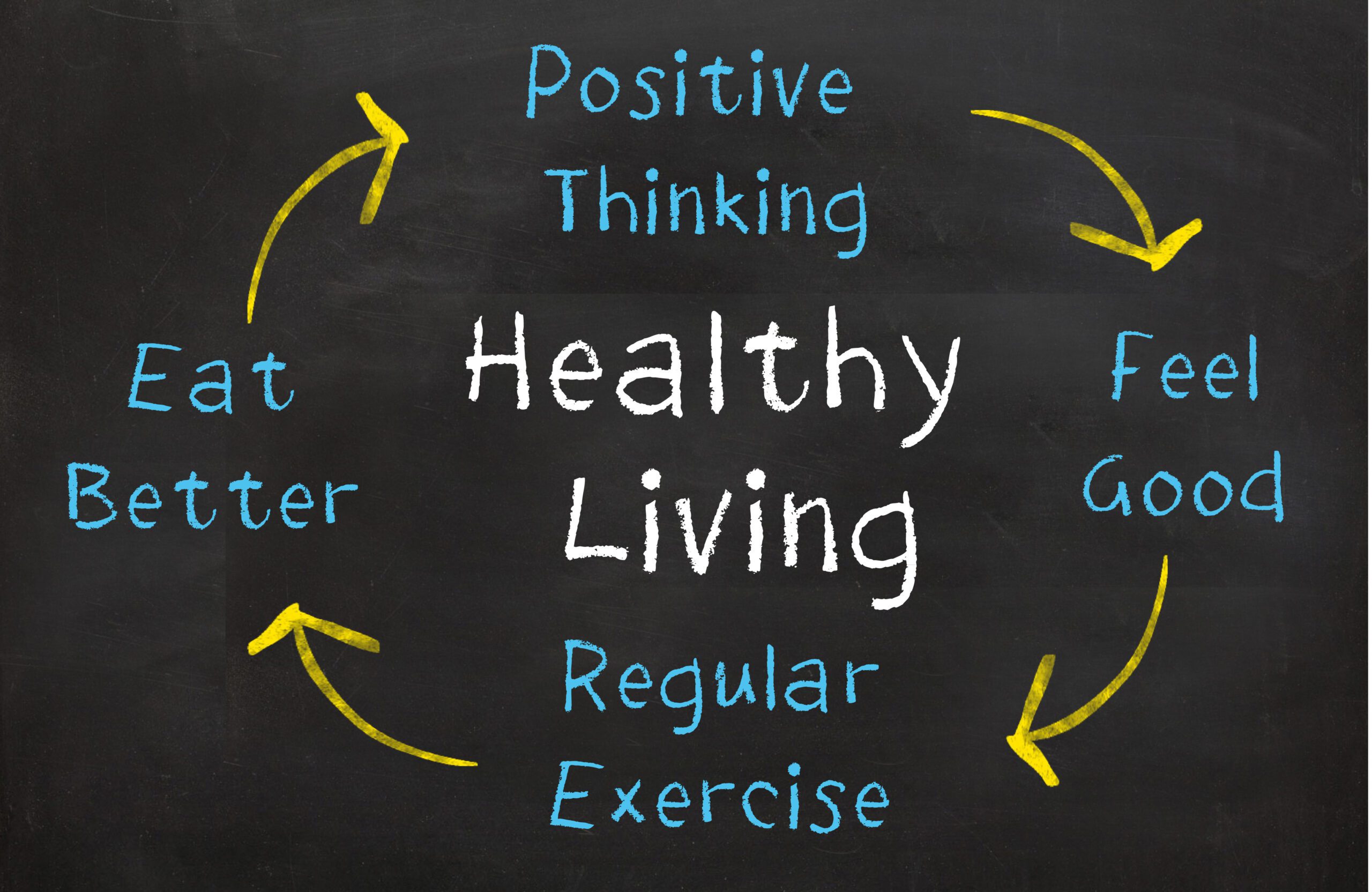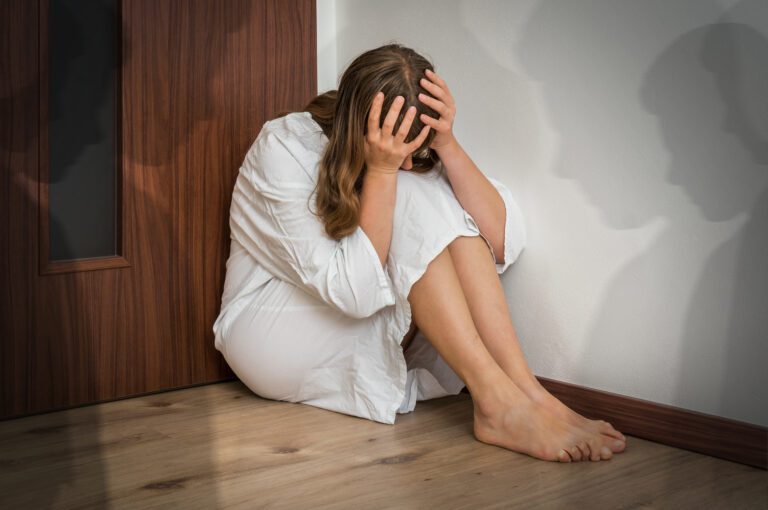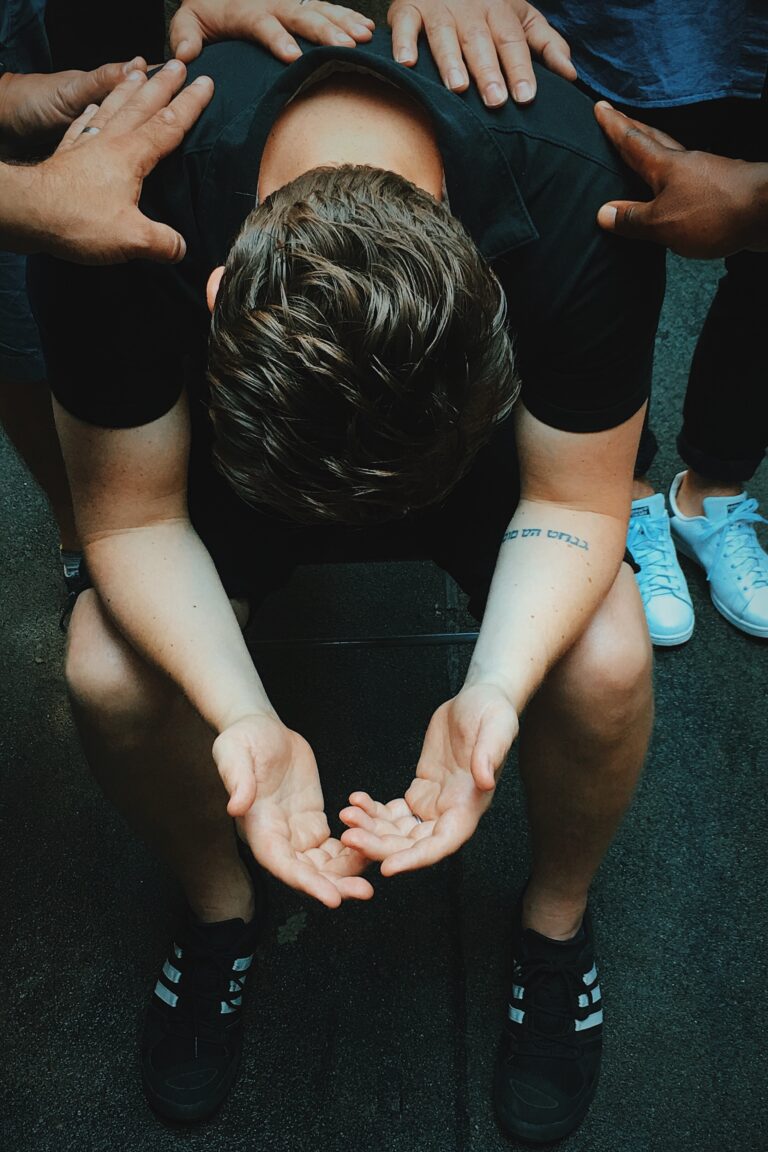The #1 Long-Term Treatment Goal of Bipolar Disorder
A long-term treatment goal can be extremely beneficial to an individual living with bipolar disorder.
Goals should be a part of your treatment.
When it comes to short-term and long-term treatment goals, both are not created equal. It depends on what you are trying to accomplish, how you define the goal, and how much time you have to complete it.
Short-term treatment goals can completely differ between each person. Some individuals are in crisis mode, and safety and reduction of symptoms are the top priority. Others just need to follow their daily treatment plan.
Most people are on the same page regarding the long-term treatment of their bipolar disorder. Long-term treatment goals are almost identical for each person.
Let’s take a look at the top long-term goal of bipolar disorder.
Long-term Treatment Goals
There are a few factors I look at when I consider my long-term treatment goals.
First, I look at an emergent situation as anything related to a full-blown episode, psychosis, or any other way a person cannot function.
These situations have a lifespan of anywhere from a few hours up to a few months—or even years. Short-term goals can help you to get through these experiences.
Once an acute situation has passed, you can look at long-term treatment goals.
I created a treatment plan that not only specifies the actions to take after an acute situation has occurred, but also how I can build stability back into my life.
The majority of individuals diagnosed with bipolar disorder will tell you that their goal is to lessen their problematic symptoms.
The Bipolar Spectrum
The intensity of bipolar disorder is on a spectrum. For example, the symptoms of bipolar disorder can be more intense in one person when compared to another. In no way am I saying that one type of bipolar disorder is harder to deal with than another. Bipolar disorder is bipolar disorder, no matter what type you are diagnosed with.
Looking at the bipolar spectrum, the most intense and severe symptoms occur in bipolar disorder type 1, followed by bipolar disorder type 2, and lastly bipolar NOS (not otherwise specified).
Because of the variability in severity and intensity of symptoms, many patients with bipolar disorder simply cannot function. I know this from my experience.
However, many can function, and with the right treatment, bipolar disorder can be successfully managed.
Keep in mind the bipolar spectrum. Bipolar disorder can present differently, even between individuals diagnosed with the same type of bipolar.
Therefore, the number one long-term treatment goal of bipolar disorder is stability.
#1 Long-term Treatment Goal:
Stability
Everyone has their own baseline for stability. Mine probably looks different from yours.
Reducing the frequency and intensity of my mood episodes increases my quality of life. This, in turn, increases my ability to function daily.
When I was first diagnosed with bipolar disorder in college, I had multiple manic, depressive, and mixed episodes—all in one year.
Since then, I have worked diligently to find ways to manage my bipolar disorder.
My last full-blown manic episode took place in November 2016.
Prevention
A reduction of your symptoms means the world when you are experiencing a manic or depressive episode. Reducing the severity of these problematic symptoms can bring you great peace and comfort.
For example, I have extremely vivid and disturbing hallucinations during a full-blown manic episode.
Many symptoms go hand-in-hand with a mood episode. It is difficult to reduce those symptoms when you are in the middle of an actual episode.
You can take action to reduce the severity and negative impact of mood episodes, by focusing on preventing these mood episodes before they even happen.
Create a treatment plan and a crisis plan. However, the simple act of creating a plan will do you no good if you do not follow through by taking action.
My treatment plan includes:
- Contact info for my doctors (doc, gp, etc.) and therapist.
- Medications I take each day (psychiatric and non-psychiatric).
- The time I take my meds.
- “Non-negotiables” (such as daily exercise).
- Components to maintain a healthy lifestyle.
- Time to go to bed.
- Time to wake up.
My crisis plan details include:
- Important emergency contact info
- What to do during a manic episode
- What to do during a depressive episode
These plans may seem extremely basic and simplistic, but focusing on routine has been shown to help those of us living with bipolar disorder.
Creating and following a treatment plan is a way to take preventative action. This will positively impact the ultimate goal of stability.
Remission
There is no cure for bipolar disorder, but it can be managed so you can lead a fulfilling life.
Like other illnesses such as cancer, bipolar disorder can go into remission.
As I mentioned previously, my last manic episode was in November 2016. This is quite a span of time to be free of any episode. Notice, though, that I do not say “symptom free,” because I still have flare-ups of my symptoms—just not full-blown “episodes.”
Doctors have explained to me that speaking, bipolar disorder can go into remission if you are episode-free for at least six months up to one year.
Keep in mind, however, that you can and most likely will still experience the normal range of emotions if your bipolar disorder goes into remission.
Medication Management
I completely support the medical model of treatment. This approach uses medication as the first line of defense against bipolar disorder.
Having said that, one of my goals is to use as few medications as possible, while at the same time maintaining stability. Many medications have unfavorable side effects, and reducing the number of meds I take, will decrease the likelihood of these side effects.
It is important to be realistic and practical when it comes to medication management. Don’t jeopardize your mental health because you want to take fewer medications.
Whatever you do, make sure you follow the protocol of your prescribing provider. They are the experts and know your specific situation.
Implementation of Long-Term Treatment Goals
A treatment plan describes the specific details of your daily activities to foster stability in your life. These daily activities are referred to as “coping skills.”
Everyone’s biological makeup is different. Because of this, what may work well for me may not work for you, and vice versa.
Medication and therapy are the foundation of a treatment plan.
From there, choose coping skills (daily activities) that help improve your ability to function daily.
Make sure to have some form of exercise in your treatment plan. Whether it’s walking, running, swimming, gardening, yoga, biking, or weight lifting (to name just a few), find a form of exercise you enjoy. If you are physically able, exercise really should be non-negotiable.
Work with your doctor and therapist to find ideas for coping skills to put into your treatment plan.
Last Thoughts
Bipolar disorder is a debilitating, destructive, life-threatening, and often chaotic mental illness, but it can be successfully managed with the right treatment.
Try not to get discouraged.
Push on and stay the course.
I know the unbearable pain it can cost you. I have been there countless times.
Never let it get the upper hand.
You deserve a life. You deserve to thrive – and not merely survive.
Seek out the help of your support network and medical professionals when you need it. It is okay to ask for help.
You can do this, my friend.







